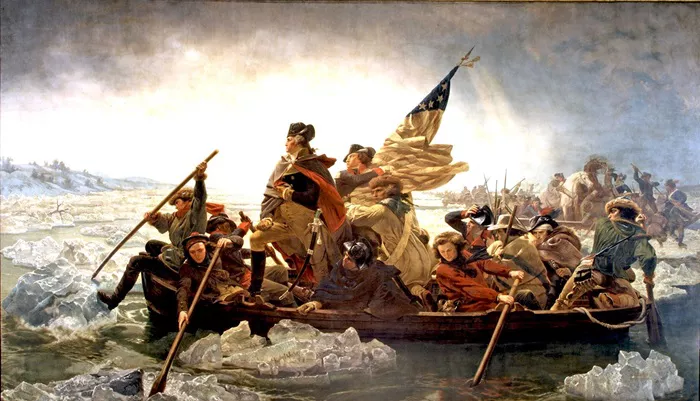Canada has a long and complex history. Many important events have taken place on April 25. Some of these events have shaped the nation’s political, military, and cultural history. This article will explore key historical moments that occurred on this date.
What Happened on April 25 in Canadian History?
1. The Battle of Kapyong (April 24-25, 1951)
One of the most significant military events involving Canada on April 25 was the Battle of Kapyong. During the Korean War, Canadian troops fought in this battle alongside allied forces. The 2nd Battalion of the Princess Patricia’s Canadian Light Infantry (PPCLI) played a crucial role in defending a strategic position near Kapyong, South Korea.
The battle began on April 22, 1951, when Chinese forces launched a major offensive. By April 24, they had pushed South Korean and American forces back. Canadian soldiers, along with Australian troops, were ordered to hold their position. The Chinese attacked heavily on April 24 and into the early hours of April 25. The Canadians faced relentless enemy fire. Despite being outnumbered, they held their ground and stopped the Chinese advance.
By the morning of April 25, the Chinese withdrew, realizing they could not break the defensive line. The PPCLI suffered casualties, but their bravery earned them a U.S. Presidential Unit Citation. The battle helped secure the United Nations’ defensive line in Korea and is remembered as one of Canada’s greatest military achievements.
2. The Completion of the Grand Trunk Pacific Railway Bridge (April 25, 1915)
On April 25, 1915, a significant engineering milestone was reached in Canada. The Grand Trunk Pacific Railway (GTPR) completed a major railway bridge across the Fraser River near Prince George, British Columbia. This bridge played an essential role in Canada’s railway expansion.
The Grand Trunk Pacific Railway was a transcontinental railway built to connect Eastern and Western Canada. Construction began in 1905 and was completed in 1914. However, the bridge over the Fraser River was a crucial missing link. Until its completion, trains could not easily reach Prince Rupert, the railway’s Pacific terminus. The bridge was an engineering marvel for its time. It helped boost trade and settlement in British Columbia’s interior.
Despite this achievement, financial problems plagued the Grand Trunk Pacific Railway. In 1920, the Canadian government took control of the struggling railway, merging it into Canadian National Railways. Still, the bridge remained a vital transportation link in British Columbia.
3. Canada’s Role in the Gallipoli Campaign (April 25, 1915)
April 25, 1915, also marks the beginning of the Gallipoli Campaign during World War I. This campaign was led by British and Allied forces, including Australian and New Zealand troops. While Canada did not send combat troops to Gallipoli, Canadian doctors and nurses played an essential role in treating wounded soldiers.
Canadian medical units were stationed in the Mediterranean region to support British and Commonwealth forces. Many Canadian doctors and nurses served in hospitals in Egypt and on hospital ships. They treated thousands of wounded and sick soldiers from the battlefields of Gallipoli.
The Gallipoli Campaign lasted until January 1916. It ended in failure for the Allies, with heavy casualties. Although not widely recognized, Canada’s medical contributions were critical in saving lives. Canadian military medicine gained valuable experience that later helped in other battles of World War I.
4. The Establishment of the Canadian Labour Congress (April 25, 1956)
On April 25, 1956, Canadian labor history changed significantly. Two major labor organizations, the Trades and Labour Congress of Canada (TLC) and the Canadian Congress of Labour (CCL), merged to form the Canadian Labour Congress (CLC). This merger created a unified voice for workers across the country.
Before the merger, Canada’s labor movement was divided. The TLC mainly represented skilled workers in craft unions. The CCL focused on industrial workers in large sectors such as manufacturing and transportation. The split weakened the labor movement’s influence.
The formation of the CLC helped strengthen Canadian unions. It improved collective bargaining and workers’ rights. Over the years, the CLC has played a major role in advocating for minimum wages, workplace safety, and social programs like Medicare. Today, it remains the largest labor organization in Canada.
5. The Opening of Expo 67 Preparations (April 25, 1963)
Expo 67, one of the most famous events in Canadian history, took years of planning. On April 25, 1963, the Canadian government officially approved preparations for the event. This decision set the stage for one of the most successful world fairs ever held.
Montreal was chosen as the host city for Expo 67, which would celebrate Canada’s centennial in 1967. Over 60 nations participated, and millions of visitors attended. The expo showcased Canadian culture, innovation, and global cooperation. It also helped shape Montreal’s identity as an international city.
April 25, 1963, marked a key moment in this project’s development. It took years of construction and diplomacy to bring the world fair to life. When it finally opened in 1967, Expo 67 was a massive success and remains a proud part of Canadian history.
Conclusion
April 25 is a significant date in Canadian history. From military bravery in the Korean War to major infrastructure projects, Canada has experienced many important events on this day. The contributions of Canadian workers, medical personnel, and engineers have shaped the nation’s past. Remembering these moments helps us understand Canada’s role in global history and its ongoing development.
Related Topics:

